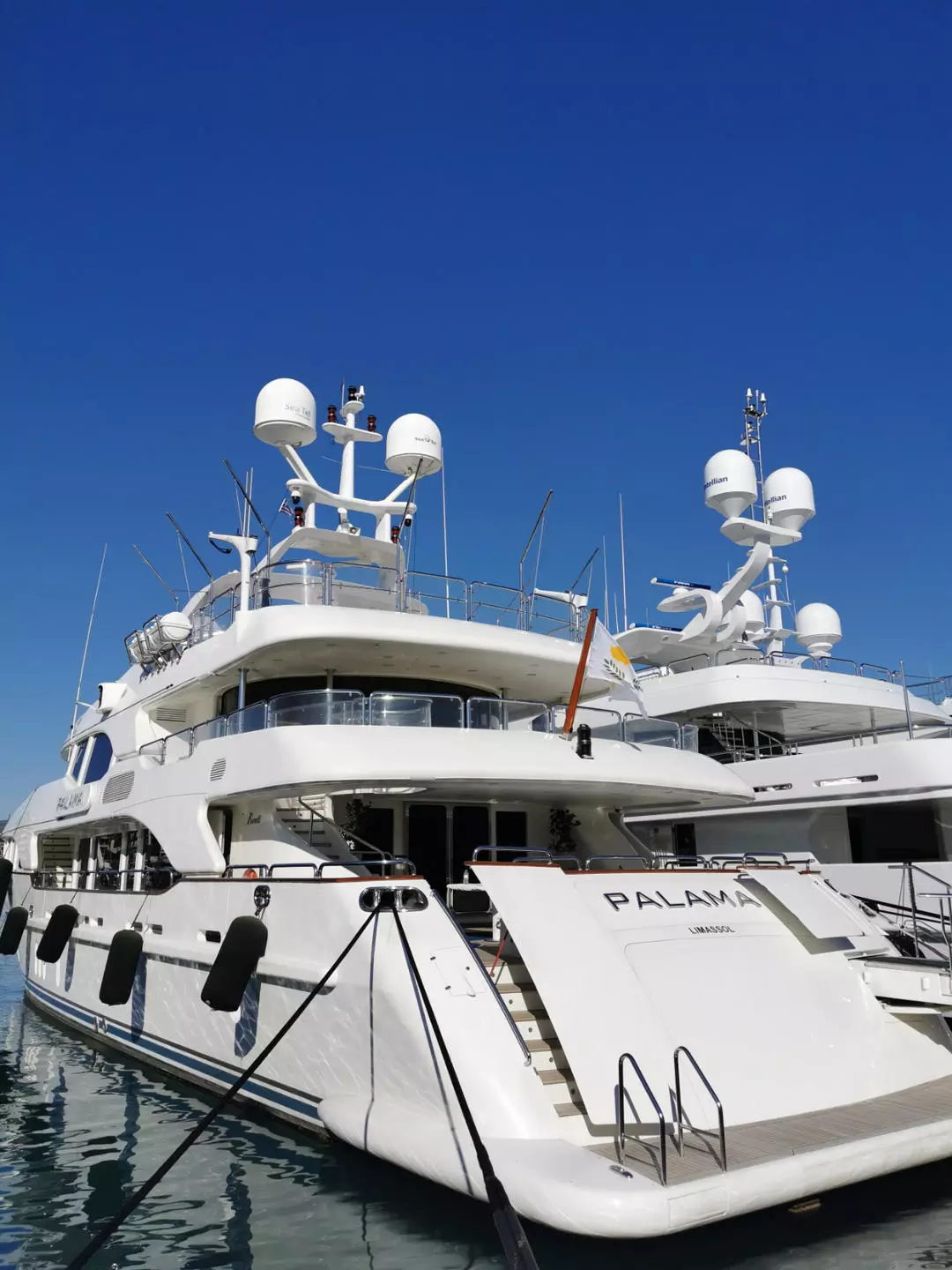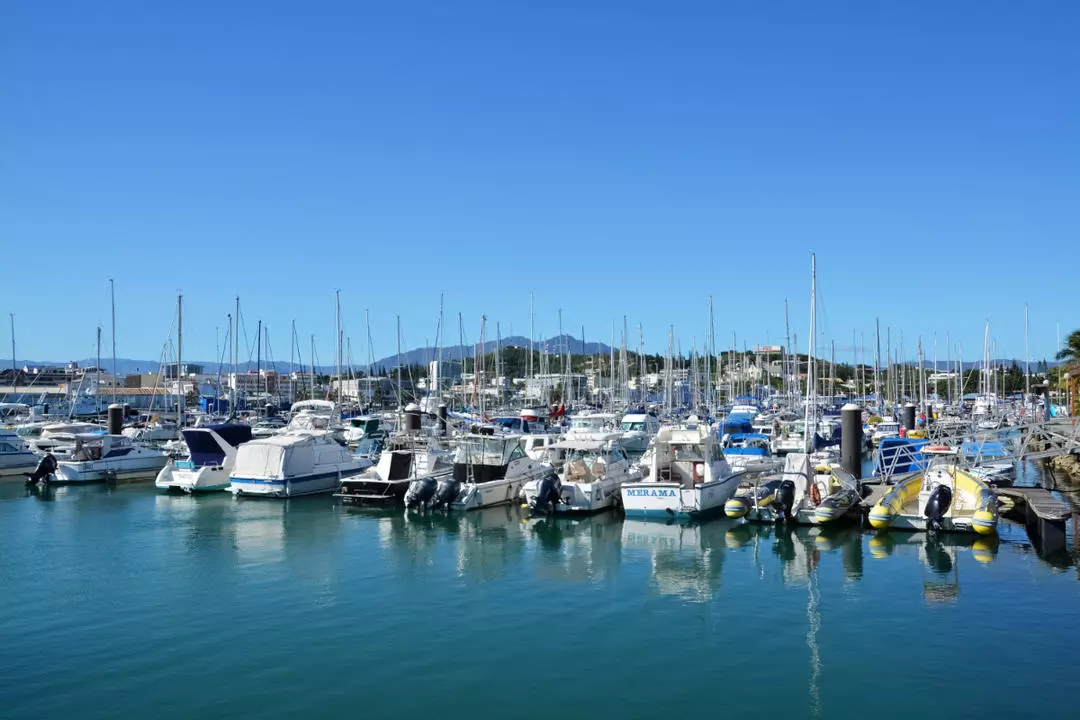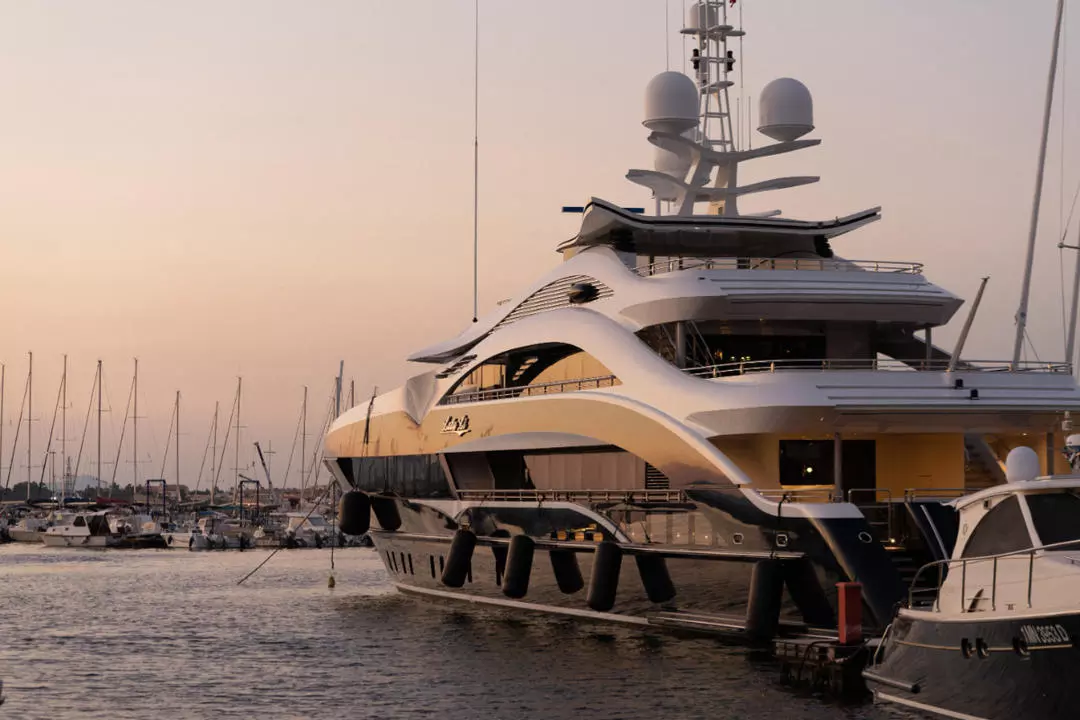This article focuses on ensuring public safety on yachts - find out what you need to know about yacht health and safety concerns.
Don’t Have Hatches Or Exits Blocked
An important safety guideline on yachts is ensuring hatches and exits are not blocked or covered. Clear access to these areas is crucial for the safety of everyone onboard. A yacht can quickly transform into a hazardous environment if escape routes are blocked in any way.
In unfortunate circumstances, such as emergencies, exits are the key to a smooth and rapid evacuation. Blocking these exits can cause unnecessary panic and confusion; potentially leading to disastrous outcomes.
Therefore, it's essential during routine checks of the yacht to ensure that nothing obstructs the route to hatchways or exits and they are free from obstacles at all times. Safety equipment, like lifeboats and life rafts, should always be readily at hand and in clear reach. Even the smallest delay in accessing them can make a monumental difference.
Remember, during moments of crisis, quick and immediate actions can be the difference between life and death. Therefore, prioritising open and accessible exits should be given in maintaining public safety on your yacht.
Always Have Or Employ A Safety Crew Rep
When it comes to safety, hiring a dedicated safety crew representative on a yacht is important, particularly regarding public safety.
Safety crew reps are trained professionals who have a broad knowledge of the inner workings of yachts and are tasked with the responsibility of guaranteeing that any and all safety protocols are consistently implemented and adhered to.
These safety crew representatives initiate routine safety meetings and execute practice drills; this informs individuals about the correct procedures to follow during emergencies.
A well-coordinated, rehearsed response can effectively prevent accidents and maintain safety during unforeseen circumstances.

Furthermore, safety crew reps are in charge of routine inspections of all safety equipment onboard the yacht; they are responsible for assessing the equipment's efficiency and ensuring they are in excellent working condition. Any potential malfunction or performance deficiency can be spotted and fixed quickly.
Additionally, these highly-trained staff also familiarise all passengers with essential safety procedures; offering an extra line of defence towards potential accidents. This could range from instructions on wearing life vests correctly to demonstrating evacuation routines. Therefore, when prioritising public safety on yachts, hiring a safety crew representative is a worthwhile decision.
Taking on the role of a crew safety representative onboard a yacht has an array of advantages that contribute to an enhanced and safer environment onboard. Being a crew safety rep carries the crucial responsibility of promoting a clear comprehension and prevention of safety issues - to achieve this, the rep actively encourages regular drill sessions and training.
The safety rep also ensures that all deck operations stick strictly to the yacht's standard operating procedures. The commitment to additional training and extra drills by the crew safety rep boosts the standards onboard, effectively preparing the crew for an emergency. This commitment significantly enhances safety measures for everyone, ultimately ensuring a safer and more secure environment onboard the yacht.
Always Have Life Jackets & Signal Tools
Lifejackets and signalling tools are fundamental safety gear aboard any waterborne vessel, including yachts. They're not just necessary due to legislation, but they can mean the difference between life and death during urgent situations.
Furthermore, they function as a safeguarding measure against unanticipated accidents at sea. Every single person on board the yacht needs to have a suitably sized life jacket that they can easily access in case of emergencies; it's also vital that they know how to wear and operate it correctly. Lifejackets are designed to keep you buoyant in the water, thereby preventing drowning and buying you crucial time until rescue arrives.
On the same note, signalling tools such as flares and whistles are imperative - they're used to catch the attention of other vessels, or rescue teams in the area, signalling that you're in distress and require assistance. Using these tools properly can enhance your chances of survival in case you are lost at sea. Therefore, to boost public safety on a yacht, everyone aboard must confirm that they have a life jacket and signal tools.
Check For Diseases Like Legionella
The importance of keeping everyone safe onboard yachts extends beyond avoiding physical mishaps. It also entails safeguarding the health and well-being of each individual on board.
One significant aspect of health protection is guarding against illnesses like Legionnaires' disease which is caused by the Legionella bacteria. Yachts, like other contained environments, can unintentionally foster the breeding of diseases.
The Legionella bacteria specifically, thrive in water systems; therefore, if you've been away from your yacht for an extended period, it's crucial to thoroughly check the water system as stagnant water can become a perfect environment for these bacteria to multiply.

Being proactive and establishing strict cleaning routines is an effective measure against this bacteria. Using the right disinfectants and treating the water system regularly can help lessen the risk of Legionnaires' disease; ensuring a journey that is not only exciting and memorable but also free from disease and safe for everyone on board. Therefore, regular Legionella testing is not only crucial but a 'must-do' for preserving public safety on yachts.
Always Check The Weather & Take Precautions
The weather and its unpredictability is a critical factor that everyone should be aware of. Carefully tracking weather trends both before and as you continue on your journey is mandatory. Extreme weather conditions like heavy downpours, strong winds, or sudden storms can quickly escalate a peaceful yacht expedition into a dangerous situation.
Therefore, you should make it a habit to review the weather conditions before going on a yacht. In all situations, the main goal is to preserve the safety of everyone on board the yacht. Ensuring communal safety on yachts isn't an intricate task; it involves adhering to safety tips, conducting systematic checks, using suitable safety gear, and having a responsible outlook.
As weather patterns become more erratic, it's crucial to find and implement strategies to counter the problems they introduce. The priority is the safety of the guests - threatening weather doesn't just endanger passengers and crew, but can also make the trip distressingly uncomfortable.
A bad weather forecast can jeopardise a journey, as navigating rough waters can increase the risk of injury, especially for older guests or those with existing health concerns. Severe weather such as tropical cyclones can even influence land and seafloor topography, which can interfere with a ship or yacht's ability to dock or anchor safely. With expert navigation, public safety and satisfaction can be maintained, even when faced with adverse weather conditions.

